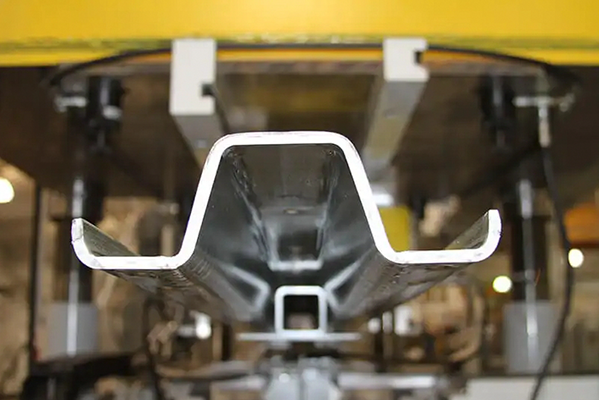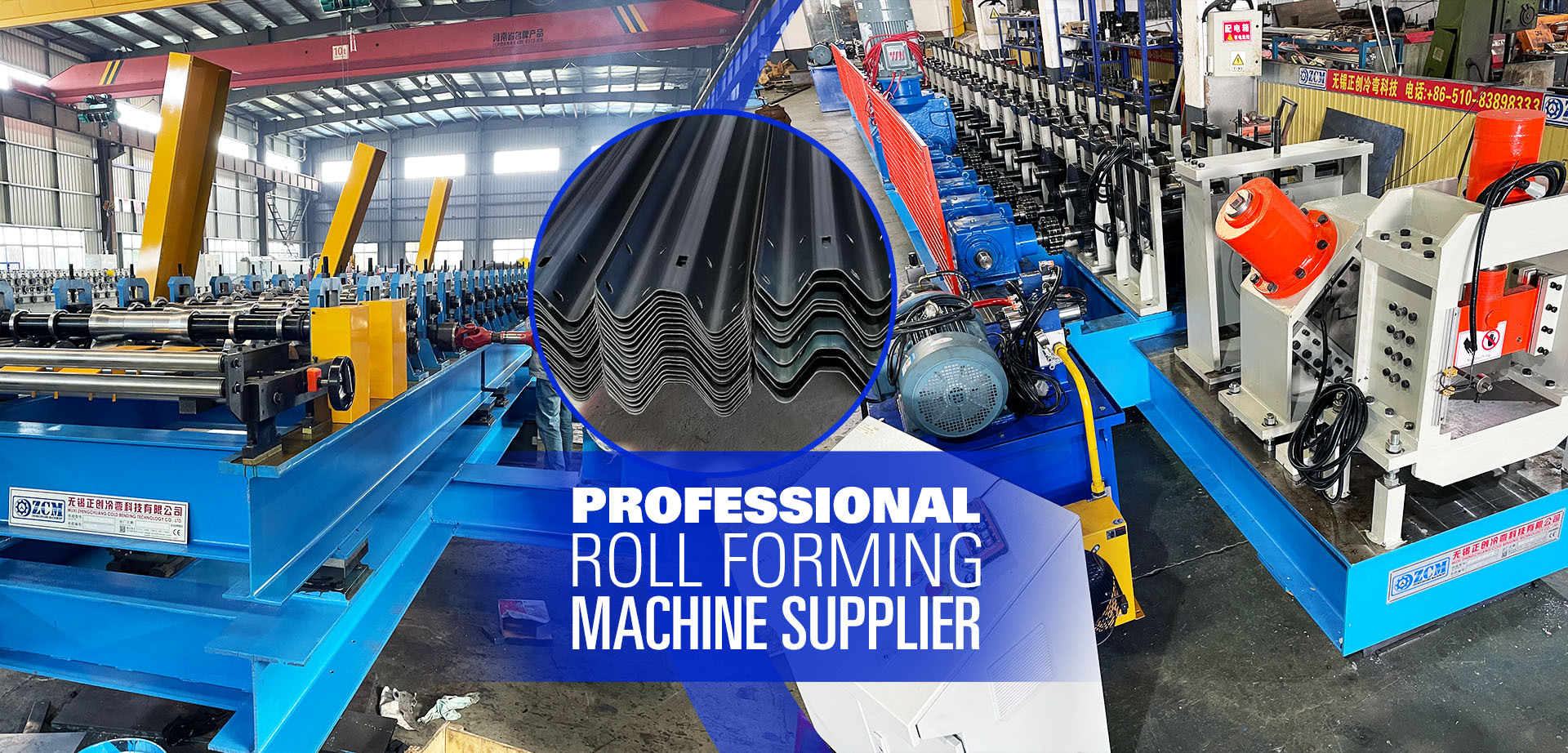Navigation Menu
Contact Us
- Email:
- info@wxavatar.com
- Address:
- Yurong Village, Yuqi Street, Huishan District, Wuxi, China.
Release Date:Jun 23, 2025 Visit:53 Source:Roll Forming Machine Factory
Custom rollforming has become an increasingly valuable solution in modern manufacturing, particularly for industries that require precise, consistent, and scalable metal components. This production method involves gradually shaping metal coils into specific profiles through a series of continuous rolling operations. By tailoring the process to the unique needs of each project, custom rollforming offers several efficiency advantages that contribute to streamlined production and cost management.

Reduced Material Waste
One of the key benefits of custom rollforming is the ability to closely match the design specifications to the material used. When profiles are custom-engineered, the process minimizes excess trimming and offcuts. This precise control over material consumption not only reduces waste but also helps manufacturers manage material costs more effectively.
Continuous High-Speed Production
Custom rollforming is known for its ability to produce long, uniform components at consistent speeds. Unlike batch processes that may require frequent stops or adjustments, rollforming lines can run continuously with minimal interruptions. This steady workflow significantly increases throughput and allows manufacturers to meet large production demands without compromising on quality.
Lower Labor Requirements
The automation involved in custom rollforming reduces the need for extensive manual handling and secondary processing. Once the rollforming line is properly set up, the process can operate with limited operator intervention. This streamlined approach not only enhances safety but also lowers labor costs and minimizes the risk of human error.
Consistent Product Quality
Custom rollforming provides reliable dimensional accuracy and uniformity across all produced parts. Since the metal passes through the same set of precisely designed rollers, each section maintains consistent shape and quality. This repeatability reduces the need for rework or additional inspection, contributing to smoother downstream assembly processes.
Flexibility in Design
Custom rollforming supports the creation of complex profiles that may not be achievable through other forming methods. Manufacturers can design specialized shapes that meet specific functional requirements, helping to optimize part performance and assembly compatibility. This flexibility enables companies to respond quickly to design changes and evolving customer needs.
Integration of Additional Operations
Modern rollforming lines can integrate value-added processes such as punching, cutting, and embossing directly into the production flow. This multi-functional capability reduces the need for secondary machines and handling steps, further improving overall manufacturing efficiency.

Conclusion
Custom rollforming is a practical solution for manufacturers aiming to enhance efficiency, reduce costs, and achieve consistent product quality. By offering material precision, continuous operation, and the ability to integrate multiple processes, custom rollforming supports streamlined production across various industries. As demand for specialized metal components continues to grow, more manufacturers are adopting custom rollforming to improve their operational performance.